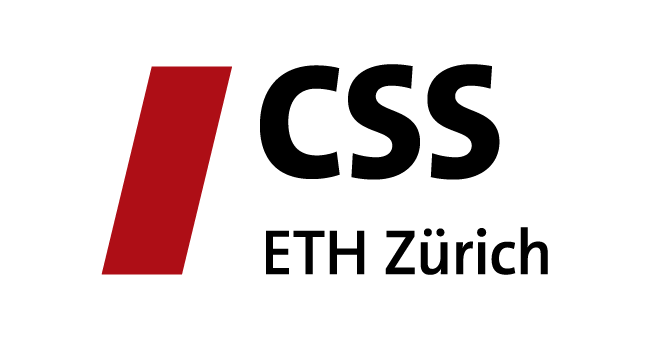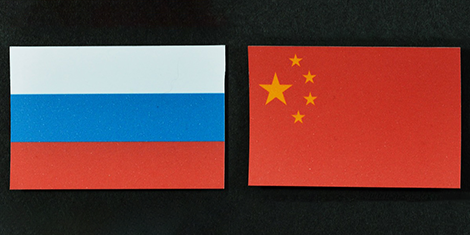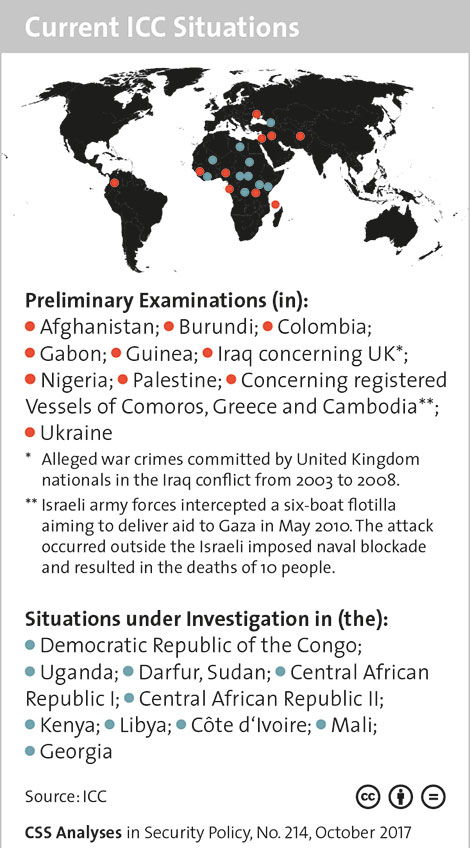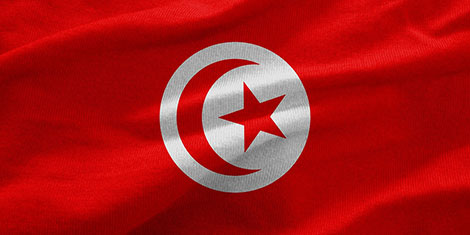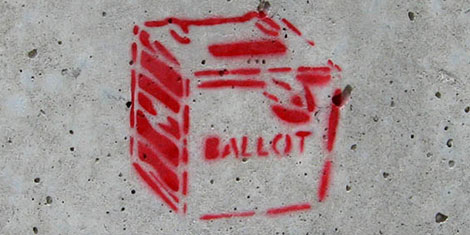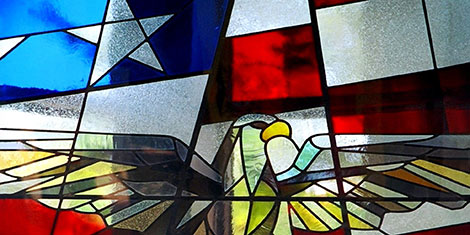
This article was originally published by War on the Rocks on 29 January 2018.
Much ink has been spilled in the last 12 months over whether President Donald Trump can have a grand strategy and, if so, what form it takes — or should take. Before Trump had even assumed office, Micah Zenko and Rebecca Lissner accused the president of “strategic incoherence” and a transactional approach to international relations focusing on bilateral deals. Hal Brands differed from this view by characterizing Trump’s grand strategy as “resurgent nationalism,” while other scholars argued that the president is following a Jacksonian tradition of American foreign policy based on “national honor” and “reputation.” More boldly, Richard Burt, a Cold Warrior who served at the highest levels of the U.S. national security establishment, harkened back to Nixon and Kissinger in prescribing “a grand strategy of great-power balancing” or else “all bets are off.”
